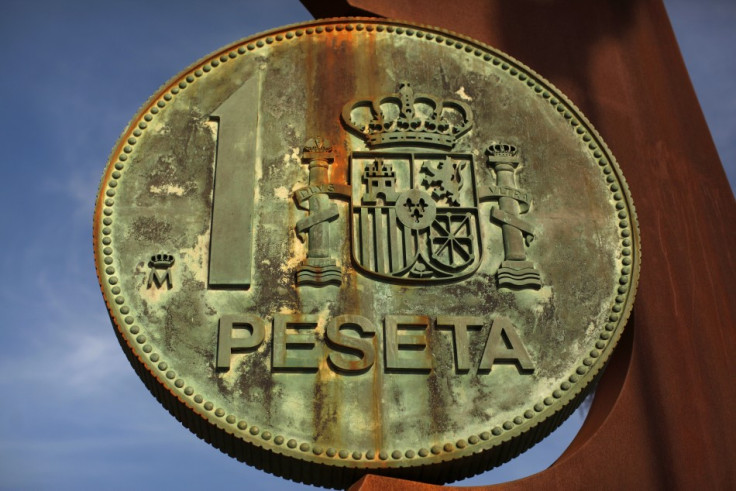Spanish Village Brings Back Peseta, Ditches Euro

An enterprising Spanish village is re-establishing the peseta (the former Spanish currency) in a bid to boost the local economy.
The initiative started in January, after the locals in Villamayor de Santiago (a village approximately 80m south of the capital of Madrid) reverted to using the older currency with the fall of the Euro. As of now, apparently, more than 30 shops have agreed to accept both the Euro and the Pesetas for all purchases.
That little town's decision started something of a revolution... a number of shoppers from neighboring villages and towns came rushing to Villamayor de Santiago, eager to exchange the new for the old. The campaign has reportedly been a huge success, with people digging up the long-forgotten currency to buy everything from kitchen appliances to beauty products.
"People kept hold of old pesetas thinking that they might come in handy one day if the euro fails," Luis Miguel Campayo, Chairman of the local merchants association, was quoted as saying in the Daily Mail.
"It seems that those fears might come true. Lots of Spaniards, especially older people, have a strong emotional attachment to the peseta and still do their sums in it when talking about big transactions. The economy is struggling so much that Euros are scarce," he added.
At the end of the project (the original deadline was a month from Jan. 9), Campayo will take the money to the Bank of Spain in Madrid and exchange it for Euros before handing the notes out to the shopkeepers.
It is estimated that a million pesetas have been collected till now.
Now for a little history lesson...
The single currency was introduced in Spain in 2002. However, the Spanish government never set a deadline for its citizens to exchange their Pesetas for Euros. That makes Spain the only country where the old currency can still be converted into Euros. The Bank of Spain estimates that there are still €1.7 billion (£1.4 billion) worth of Pesetas (fondly referred to as the "old blonde"), at large.
As for the Peseta, it was introduced in 1868 and, at the moment of exchange in Jan. 1999, the exchange rate stood at €1 = 166.386 pesetas.
Incidentally, to understand the situation that drove these Spaniards to their current situation, a recent study by the country's Consumers Association (OCU), suggested the price of essential goods had risen by 43 percent since the Euro was introduced. This particular village's jobless rate is above the national average, with a third of the 3,000-strong population currently out of work and it is one of at least four other Spanish towns that have forced back to the Peseta in recent times.
© Copyright IBTimes 2025. All rights reserved.



















